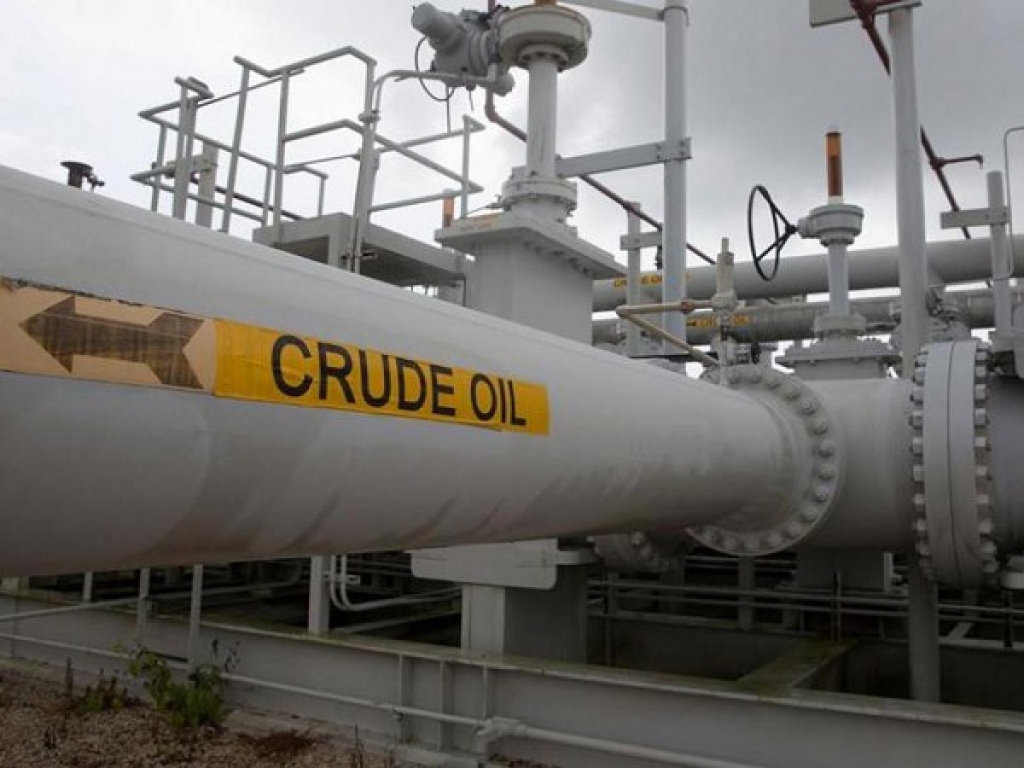 LAUNCESTON, Australia: The crude oil market is likely to be fixated in coming days on the interactions of U.S. President Donald Trump, his Russian counterpart Vladimir Putin and Saudi Arabia's embattled Crown Prince Mohammed bin Salman at this weekend's G20 meeting.
LAUNCESTON, Australia: The crude oil market is likely to be fixated in coming days on the interactions of U.S. President Donald Trump, his Russian counterpart Vladimir Putin and Saudi Arabia's embattled Crown Prince Mohammed bin Salman at this weekend's G20 meeting.
Throw in a dash of U.S.-China trade politics at a much anticipated dinner on Saturday between Trump and President Xi Jingping and the G20 gathering in Buenos Aires is potentially going to deliver a smorgasbord of juicy headlines to drive crude prices.
While the focus of crude oil market participants is correct, and indeed they have little choice but to focus on the machinations of Trump, Putin and Bin Salman, there is always a risk of placing too much emphasis on the politics of oil.
The G20 meeting may do nothing more than to confirm what is already widely known, namely that Trump wants oil prices at least as low as they currently are, and that Putin and Bin Salman want them higher, but not so high as to risk a continual blast of Twitter sprays from the mercurial U.S. leader.
It would take a major surprise from the G20 summit to alter the market view that crude is currently oversupplied, and that the Organization of the Petroleum Exporting Countries (OPEC) and its allies, including Russia, are planning on reducing output at their Dec. 6 meeting.
In the meantime, there are other developments in the market that may not be as headline-grabbing, such as the dynamics of China, the world's largest crude importer.
China's crude imports are on track to post a second straight monthly record, with vessel-tracking and port data compiled by Refinitiv pointing to imports totalling 10.29 million barrels per day (bpd).
This would be up from the 9.61 million bpd reported by customs in October, which was the highest on record, exceeding the 9.6 million bpd in April.
The customs numbers and the ship-tracking data don't exactly match, given slight differences in when cargoes are counted as having arrived and been cleared.
However, even if the November estimate is on the optimistic side, it's still possible that China's crude imports will exceed 10 million bpd in a month for the first time ever.
PRICE SLIDE STILL TO FACTOR
It's also worth noting that the November imports likely don't reflect the full impact of Brent crude's recent 32 percent plunge, from a close of $86.28 a barrel on Oct. 3 to $58.76 on Wednesday.
Many of the cargoes that have arrived in November would have been arranged, and paid for, when crude oil prices were near their recent peak.
This raises the possibility that China will import more crude in coming months, especially if the authorities in Beijing and the state-controlled oil majors decide to use the current weakness in prices to speed up the filling of the strategic reserve.
China doesn't release regular updates on the status of its strategic stockpiles, but most market estimates are that it is only about half way to meeting the target of 90 days of import cover.
Imports for storage are an underlying bullish indicator for China's crude demand, but they aren't the only factor worth following.
The rise of independent refiners since 2015, when they were first granted quotas to import crude, has also been a positive over the longer term, but also leads to shorter-term volatility.
The smaller refiners are believed to have been active in the market in recent months, as they attempt to fill their import quotas prior to the end of the year.
This may result in a bringing forward of some demand, meaning the independents may buy less in the early months of the new year.
There is also uncertainty surrounding Iran, with Refinitiv reporting that its estimate of November arrivals includes four Iranian tankers, holding about 7.8 million barrels, that have been floating off China's Dalian port since the beginning of this month.
There may be some temptation on the part of Chinese refiners to buy Iranian crude while they still can, given the waiver granted by the United States to China and seven other Iranian customers will expire around April next year.
What is certain is that China isn't buying any cargoes from the United States, even though crude isn't yet subject to any tariffs as part of the trade dispute between Washington and Beijing, unlike coal and liquefied natural gas.
No U.S. tankers have been assessed by Refinitiv as having been discharged in China since September, with refiners re-selling cargoes to India and Taiwan.
What is clear is that even a brief look at the current dynamics of China's crude imports shows there is considerably more to the market than merely the focus on the likely news headlines from the G20 circus.



















Comments
Comments are closed.